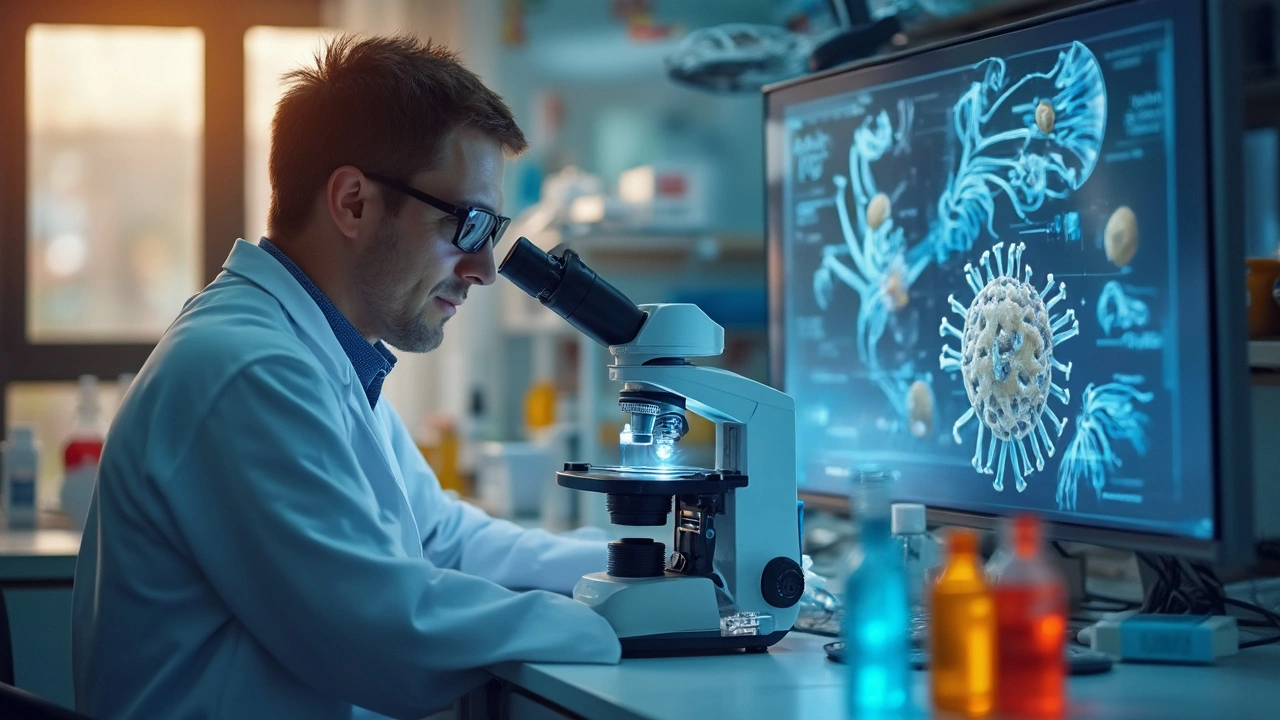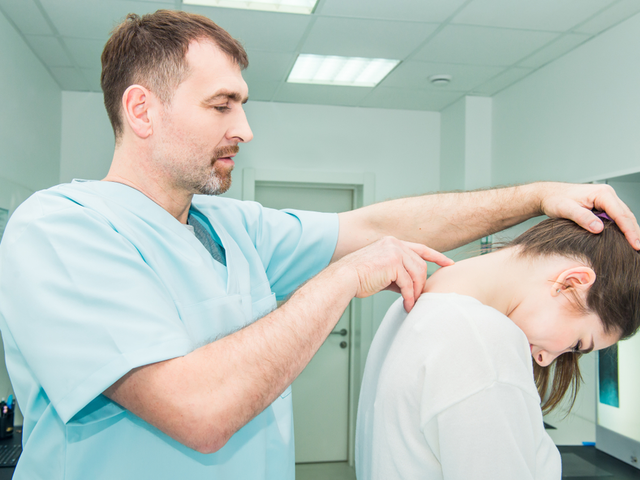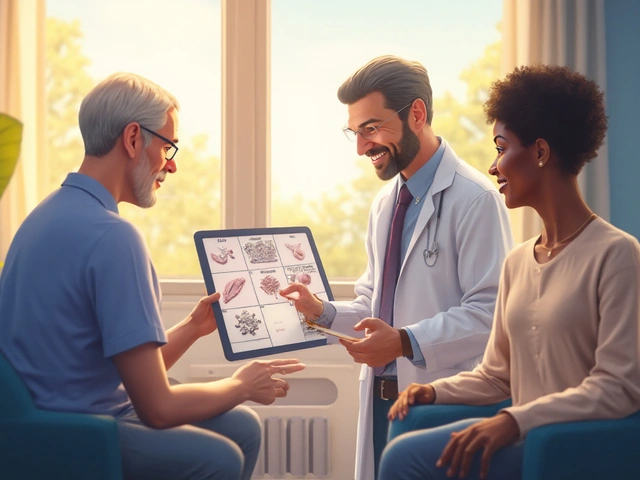Malaria: Facts, Symptoms, Treatment & Prevention
Malaria is a blood infection caused by Plasmodium parasites, spread when a mosquito bites you. It’s a big health problem in many tropical regions, and if you don’t catch it early, it can become life‑threatening. Knowing the basics can save a trip, a hospital stay, or even a life.
What is malaria and how does it hit you?
The parasite lives inside the mosquito’s gut. When the mosquito feeds, it injects tiny infected cells into your bloodstream. Inside you, the parasites travel to the liver, multiply, and then burst back into the blood. That’s when you feel the classic fever‑chills‑sweat cycle. Other signs include headache, muscle aches, nausea, and sometimes a rash. Symptoms usually start 7‑30 days after the bite, but some species can hide for months before showing up.
Doctors diagnose malaria by checking a blood smear under a microscope or using rapid diagnostic tests (RDTs). The test tells them which Plasmodium species you have – P. falciparum is the most dangerous, while P. vivax can relapse weeks later.
How to treat and stop malaria
The good news is we have effective medicines. For P. falciparum, the World Health Organization recommends an artemisinin‑based combination therapy (ACT). Common ACTs include artemether‑lumefantrine (Coartem) and artesunate‑mefloquine. They work fast and clear the parasite when taken correctly.
If you have P. vivax or P. ovale, doctors add a single dose of primaquine after the ACT to kill dormant liver forms and prevent relapse. Children, pregnant women, and people with other health issues may need special dosing, so always follow a clinician’s advice.
Resistance is a growing worry, especially in Southeast Asia. That’s why it’s key to finish the whole drug course, even if you feel better after a day or two. Skipping doses gives the parasite a chance to become drug‑proof.
Prevention is just as important as treatment. Use insecticide‑treated bed nets, apply DEET‑based repellents, and stay inside houses with screened windows. In high‑risk areas, doctors often prescribe prophylactic drugs like doxycycline, atovaquone‑proguanil (Malarone), or mefloquine before you travel.
Our site hosts a growing library of drug‑specific articles you can read for free. Want to know how to buy antimalarial pills safely online? Check out the guide on Montelukast for comparison, or read our piece on buying prescription meds from Canada. Each article breaks down dosage, side effects, and where to find reliable pharmacies.
Bottom line: if you’re heading to a malaria‑endemic region, pack a net, a repellent, and a travel‑ready supply of the right preventive drug. If you start feeling feverish after a bite, get tested right away and start treatment as soon as possible. Quick action and the right meds keep malaria from turning a vacation into a medical emergency.

Scientific Research in the Fight Against Malaria: How Discovery Shapes Survival
- By : Archer Hamilton
- Date : Apr 27 2025
Malaria still kills hundreds of thousands every year, especially in parts of Africa and Asia. Scientific research has been the key driver behind every breakthrough in malaria prevention, treatment, and control. This article looks at how research makes new tools—like vaccines and rapid tests—possible, and why it matters for everyone, not just scientists. We’ll dig into real stories, facts you might not know, and tips on staying safe when malaria is a risk. Every section gives you practical info to help you understand and fight this disease.





